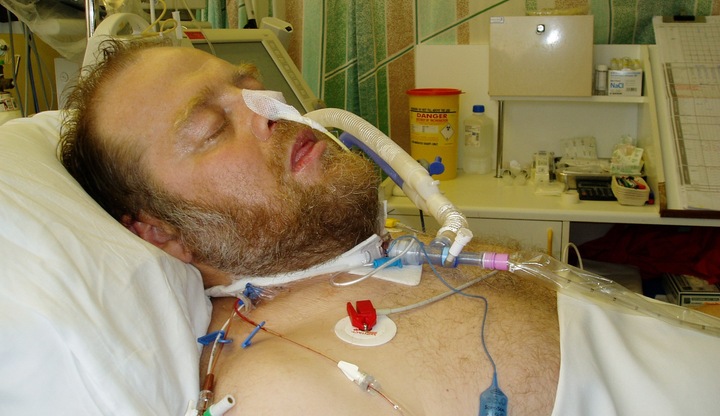Tissue metabolism and blood flow in critical disease (TIMELORD)
We have much to learn about what determines survival in critically ill patients.
The commonest mode of death in intensive care units is multiple organ failure: due, at least in part, to a combination of impaired blood flow to the tissues and failure of mitochondria, the tiny power stations in all cells responsible for using oxygen to generate energy.
Traditionally, we have attempted to stave off multiple organ failure by medical interventions which increase the global blood flow from the heart, and the amount of oxygen in the blood. Unfortunately, this does not appear to make a difference in established critical illness, and it may be that a greater problem lies further along the pathway to the cells.
We need to look closer, to find out what is happening at the tissue and cell level during critical illness.
We will be investigating patients who are very unwell, looking at the blood flow in the smallest vessels directly supplying their cells, and exploring the ability of their cells to take up and use oxygen. We are looking for important processes involved in organ failure and survival, and hope that this will lead to the development of new strategies to improve outcomes for our patients.
This is the first clinical translation of the work done by XE2, where the processes above were explored in healthy volunteers exposed to low oxygen levels during ascent to high altitude.
This study is expected to last at least two years and is being undertaken by Helen McKenna, who is the London Clinic-XE Clinical Fellow.





